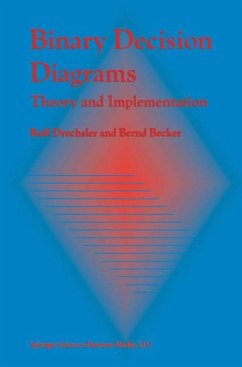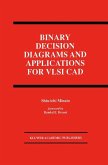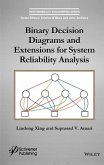For someone with a hammer the whole world looks like a nail. Within the last 10-13 years Binar·y Decision Diagmms (BDDs) have become the state-of-the-art data structure in VLSI CAD for representation and ma nipulation of Boolean functions. Today, BDDs are widely used and in the meantime have also been integrated in commercial tools, especially in the area of verijication and synthesis. The interest in BDDs results from the fact that the data structure is generally accepted as providing a good compromise between conciseness of representation and efficiency of manipulation. With increasing number of applications, also in non CAD areas, classical methods to handle BDDs are being improved and new questions and problems evolve and have to be solved. The book should help the reader who is not familiar with BDDs (or DDs in general) to get a quick start. On the other hand it will discuss several new aspects of BDDs, e.g. with respect to minimization and implementation of a package. This will help people working with BDDs (in industry or academia) to keep informed about recent developments in this area.








